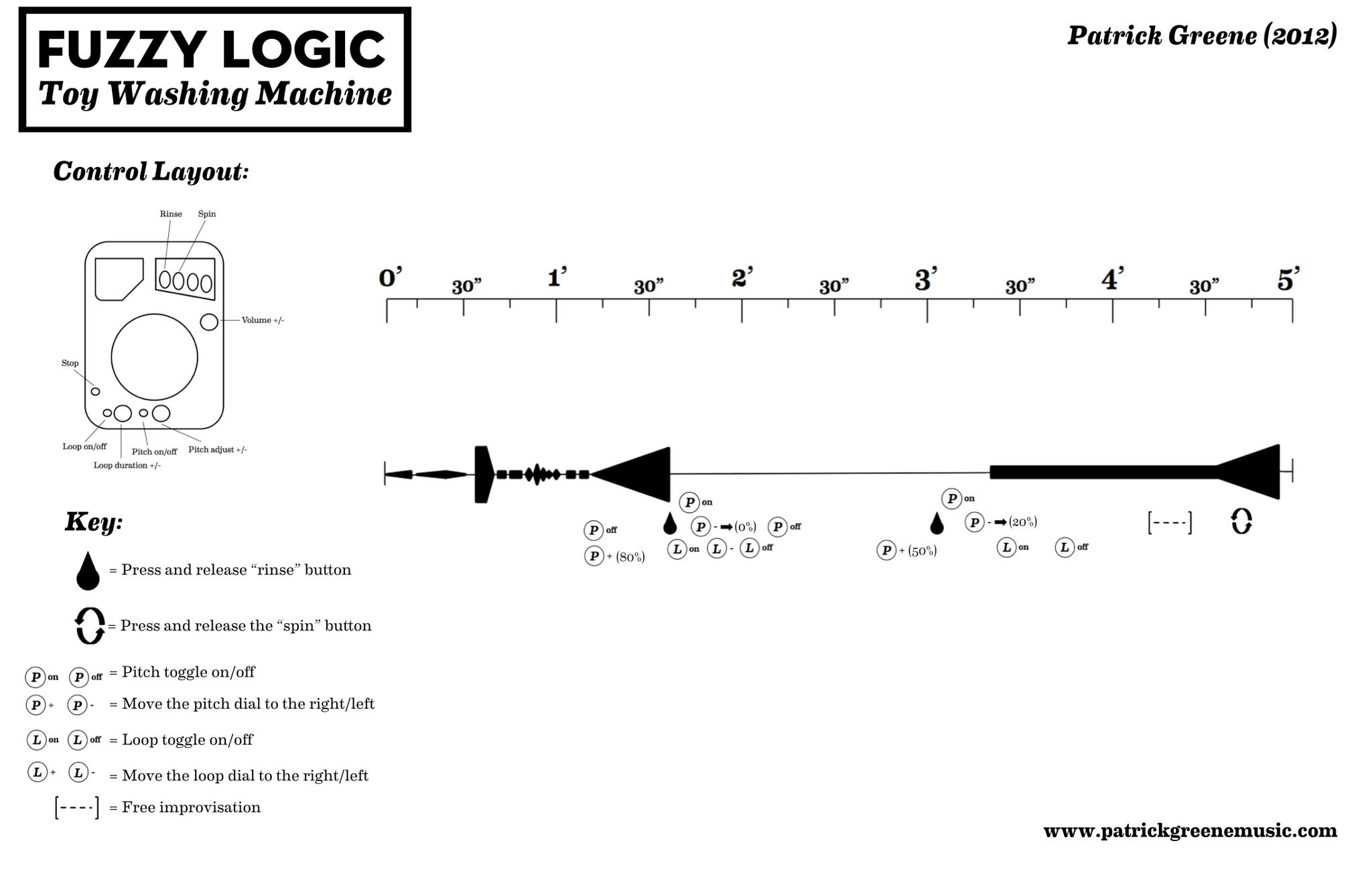Here's the program note for Charles & Ray, a piece I recently composed for Transient Canvas. It'll be premiered on March 15, 2013 at the Lily Pad Gallery in Cambridge, MA, during the second concert of the Fifth Floor Collective's third season.
A couple of years ago, my wife and I brought home a chair. It was canary yellow, all spindles and curves, a fiberglass profusion perched on steel-and-maple rockers. It looked like the way laughter feels. It was born sometime around 1950, in Zeeland, Michigan, at the Herman Miller factory. It was designed by team of young, wide-eyed designers in Venice, Los Angeles, in a little building that was once an automobile garage, but which was now a crazy, wild thing, filled with circus paraphernalia and toy-train sets and music and sheets of plywood bent into shapes that, five years earlier, could only have existed in dreams, or maybe on paper.
The leaders of the team were a husband and wife, and their names were Charles and Ray Eames.
They’d met and fallen in love about a decade earlier when both were students at the Cranbrook Academy of Art. They were an unlikely pairing—for one thing, Charles was married at the time—but they completed each other. He was studying to become an architect, she was training as an Abstract Expressionist painter; he was charismatic and brimming with loudly-voiced curiosity, she preferred to quietly observe, taking in the world and missing none of it. But she brought color and texture to his modernist aesthetic, and he created new canvases for her work in wild shapes and of novel materials, canvases which, given the affluence of post-WWII America, became parts of daily life in homes across the country.
Charles & Ray, written for the virtuosic clarinet/percussion duo Transient Canvas, is a little character study of its titular subjects. The first movement, “St. Louis,” is named for Charles’ birthplace, and attempts to capture his aesthetic essence in sound. Little bits of sonic data—stacked fourths, a rising major-third melodic fragment, a polyrhythmic snippet—are combined and modified throughout. To Charles, good design evolved from the unique properties of the materials of its construction. The materials in “St. Louis” are always individually identifiable, but new forms emerge from their combining.
The second movement, ”Sacramento” (named, as you might imagine, for Ray’s place of birth) is quite different. The extensive use of microtonally inflected pitch material lends a sense of otherworldliness, as do the clarinet’s plaintive multiphonics. Ray’s work was characterized by her incredible sense of color, and the music of the second movement attempts to coax out chromatic gradations of its own: not just of the timbres of these two instruments, but within the space and time of the music itself.
I’ll end with a little story. The original prototype of that canary-yellow rocking chair in our living room was, according to legend, a surprise gift to a new mother on the Eames’ staff. They wanted her to be able to rock her newborn to sleep in comfort, security, and modernity. It then evolved into something of a tradition in the Eames Office, and many Office-affiliated parents were given RARs when they brought new life into the world.
My wife and I are expecting our first child this August. This chair—our chair, born in that factory on the shores of Lake Michigan, designed in that garage at the top of a hill overlooking the Pacific, this physical artifact of the unique love between these two people I’ll never meet, who died years before I knew what a chair even was, this object that made its way, over six decades, to a store in Boston where you can dip your feet into the Atlantic from the parking lot—will be the first chair in which we rock our baby to sleep. I hope that a century from now, when we’re gone, some young couple will wander into a design-history store, see a little yellow chair that reminds them of laughter, and decide to bring it home. I hope their children, whom they’ve rocked to sleep on that very chair, will wonder where it came from, who designed it, if it was a relic of the past or something sent to earth from the future.
And I hope they decide to write some music about it.


